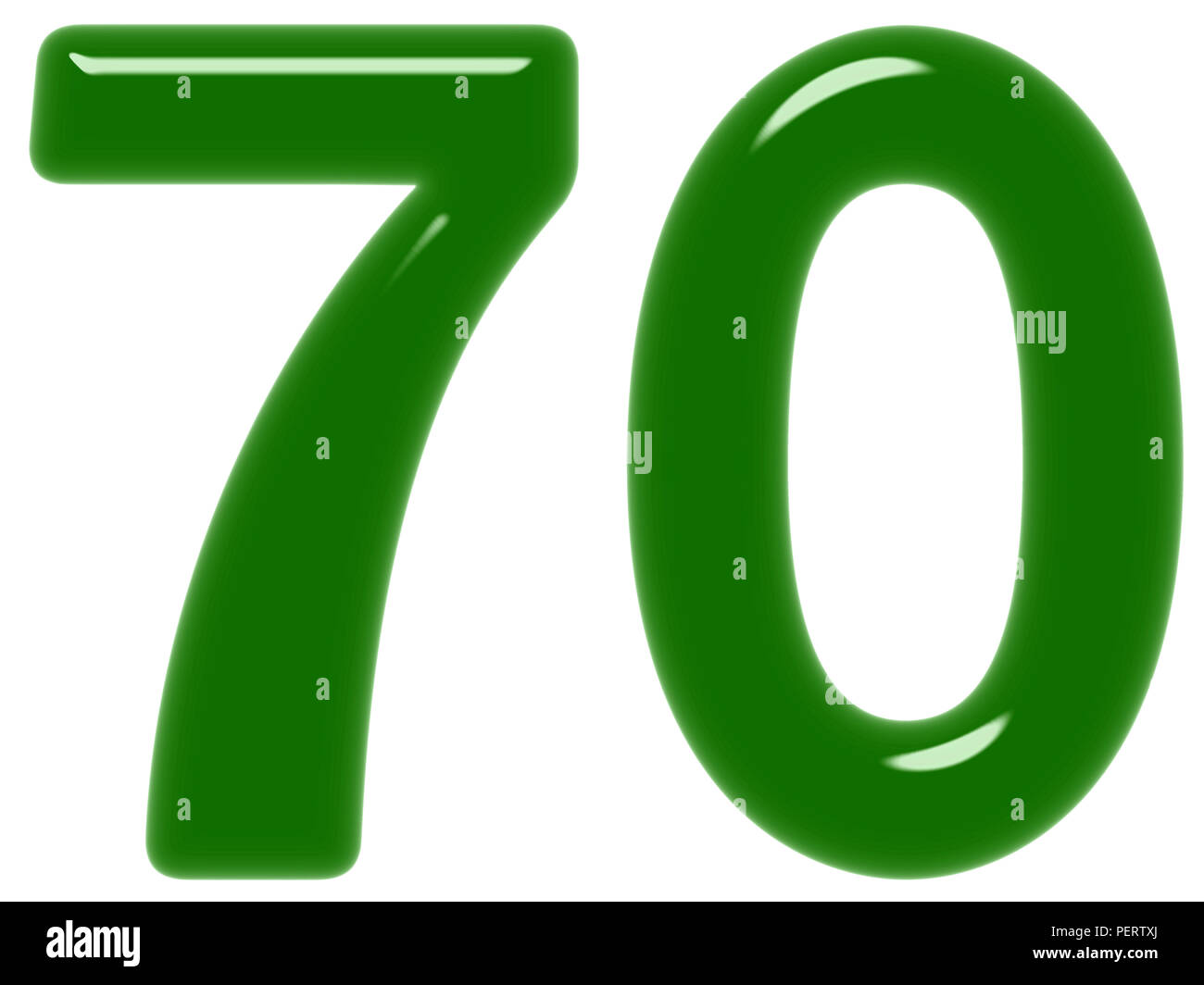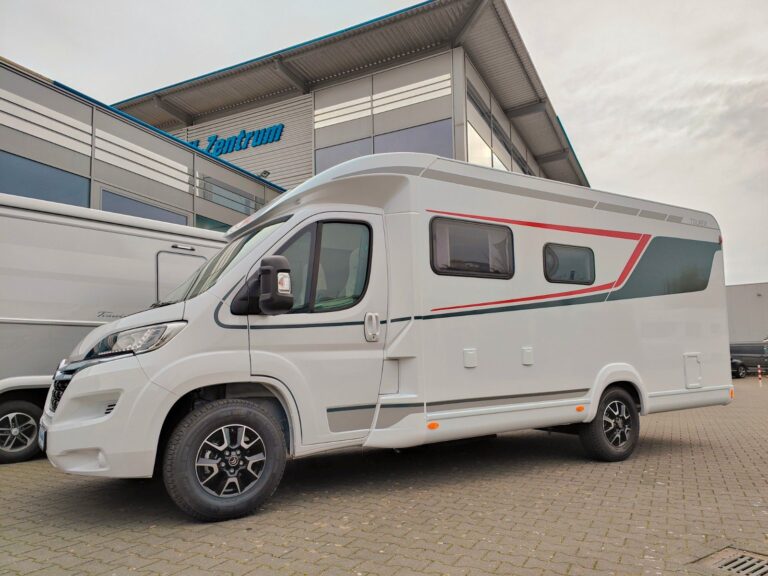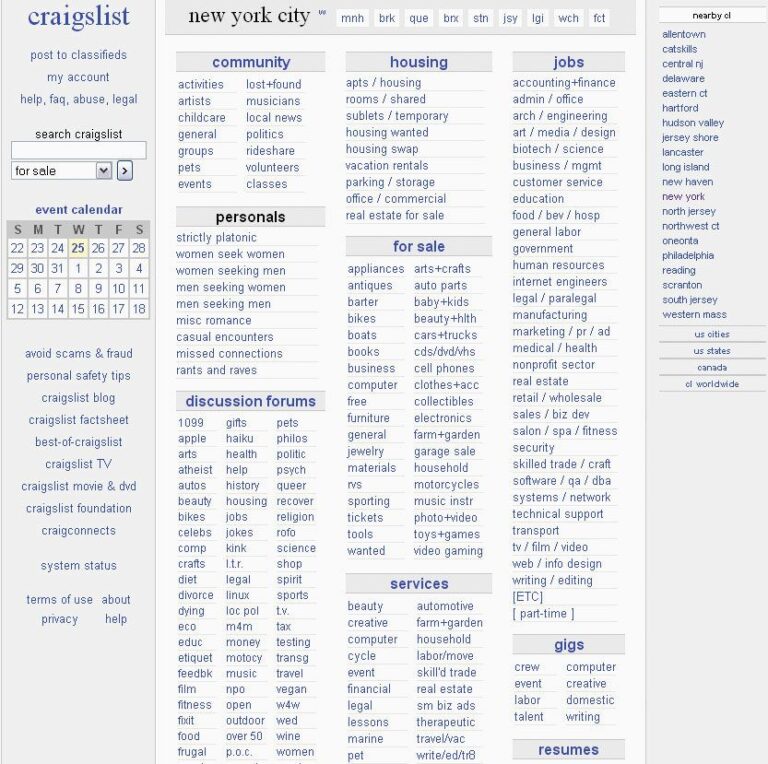70’s Ford Trucks For Sale: A Comprehensive Buyer’s Guide
70’s Ford Trucks For Sale: A Comprehensive Buyer’s Guide cars.truckstrend.com
Introduction: The Enduring Allure of 70s Ford Trucks
The 1970s were a pivotal decade for American automotive design, and nowhere is this more evident than in Ford’s truck lineup. Rugged, dependable, and imbued with a distinctive aesthetic, 70s Ford trucks — from the ubiquitous F-Series to the iconic Bronco — have transcended mere utility to become highly sought-after classics. Today, "70’s Ford Trucks For Sale" isn’t just a search query; it’s an entry point into a vibrant subculture of enthusiasts, restorers, and collectors. These vehicles represent a golden era of American manufacturing, offering a blend of nostalgic charm, mechanical simplicity, and undeniable character that modern trucks often lack. Whether you’re a seasoned collector, a first-time vintage buyer, or simply dreaming of cruising in a piece of automotive history, understanding the nuances of these machines is key to making a wise investment and finding your perfect vintage Ford.
70’s Ford Trucks For Sale: A Comprehensive Buyer’s Guide
Why Buy a 70s Ford Truck? The Enduring Appeal
The appeal of a 70s Ford truck goes far beyond mere transportation. It’s about owning a slice of Americana, a symbol of durability and straightforward engineering.
- Nostalgia and Classic Aesthetics: The distinctive body lines, bold grilles, and robust presence of F-series "Dentsides" (1973-1979) and "Bumpsides" (1967-1972, extending into the early 70s) evoke a powerful sense of nostalgia. These trucks were designed with purpose, and their rugged good looks have only improved with age, making them popular choices for car shows, casual cruises, or simply turning heads.
- Simplicity and Maintainability: Unlike their modern, computer-laden counterparts, 70s Ford trucks are mechanically straightforward. Their carbureted engines and basic electrical systems are often easier and less expensive for the average enthusiast to diagnose and repair. This accessibility makes them ideal projects for DIY mechanics and those looking to learn.
- Durability and Ruggedness: Ford built these trucks to work. They were designed with heavy-duty frames, robust powertrains, and no-nonsense interiors meant to withstand years of abuse. Many examples today still run strong, a testament to their inherent build quality.
- Investment Potential: While not all 70s Ford trucks are appreciating assets, well-maintained, original, or professionally restored examples, particularly rare trims or desirable models like early Broncos, have seen significant increases in value. They can be a rewarding long-term investment for those who care for them properly.
- Versatility: A 70s Ford truck can serve many purposes: a dependable daily driver (with some modern upgrades), a head-turning show vehicle, a capable off-roader, or even a practical workhorse for light hauling. Their versatility ensures they remain relevant and enjoyable for a wide range of owners.

Iconic Models of the 70s Ford Truck Era
The 1970s were a rich period for Ford’s light truck division, introducing several enduring models and generations.
The F-Series: The Workhorse Icons
The Ford F-Series dominated the truck market throughout the 70s, establishing itself as America’s best-selling pickup.
- Fifth Generation (1967-1972) – The "Bumpside": While spanning into the early 70s, these trucks feature distinct body lines with a prominent "bump" along the side. Known for their robust frames and a wide array of engine options, including the reliable 302, 360, and 390 V8s. Early 70s Bumpsides offer a slightly earlier classic feel with solid performance.
- Sixth Generation (1973-1979) – The "Dentside": This is arguably the quintessential 70s Ford truck. Named for the prominent body line indentation along the side, the Dentside brought significant improvements. It featured a larger cab, improved suspension for a smoother ride, and new engine options like the 400M and the massive 460 V8. The F-150 was introduced in 1975 to bridge the gap between the F-100 and F-250, often exempt from certain emissions regulations. High-trim levels like Ranger, XLT, and Explorer offered more creature comforts, while the "Highboy" F-250s (4x4s from 1973-1977.5 with divorced transfer cases) are highly sought after for their aggressive stance and capability.
The Ford Bronco: From Compact SUV to Full-Size Powerhouse
The 70s saw the Bronco evolve significantly, creating two distinct, highly desirable generations.
- First Generation (1966-1977): Though largely a 60s design, the First-Gen Bronco remained in production until 1977, with later models benefiting from minor updates. These compact SUVs are absolute legends, highly prized for their short wheelbase, classic proportions, and incredible off-road prowess. Available with inline-six or 302 V8 engines, they are among the most valuable vintage Fords on the market, with prices often soaring for well-preserved or restored examples.
- Second Generation (1978-1979): Built on the F-Series platform, the Second-Gen Bronco was a substantial departure, transforming into a full-size SUV. This behemoth offered more interior space, greater towing capacity, and shared many components with the F-100/F-150, including the 351M and 400M V8 engines. While less agile than its predecessor, its rugged capability and distinctive removable fiberglass top have made it a cult classic.
What to Look For When Buying a 70s Ford Truck
Purchasing a vintage truck requires a keen eye and a methodical approach. Here are the critical areas to inspect:
- Rust: This is the primary enemy of any vintage vehicle, especially trucks that often worked hard. Thoroughly check:
- Cab: Floor pans, cab corners, rocker panels, firewall, cowl.
- Bed: Bed floor, inner and outer wheel wells, bed supports.
- Frame: Inspect the entire frame for cracks, bends, or severe corrosion, particularly near suspension mounting points.
- Fenders/Doors: Lower edges, around wheel arches.
- Engine and Drivetrain:
- Engine: Look for oil leaks, listen for unusual noises (knocking, ticking), check exhaust smoke (blue for oil, white for coolant). Check fluid levels and condition.
- Transmission: Manuals should shift smoothly without grinding. Automatics should engage gears promptly and shift without harshness or slipping. Check for leaks.
- Differential/Transfer Case: Look for leaks, listen for whining or clunking.
- Suspension and Steering: Check for worn bushings, ball joints, tie rods, and shock absorbers. Excessive play in the steering wheel indicates worn components.
- Electrical System: Test all lights, gauges, wipers, heater/AC (if equipped), and radio. Look for frayed or aftermarket wiring, which can indicate previous issues or potential fire hazards.
- Interior Condition: Assess the seat upholstery, dashboard (cracks are common), door panels, and headliner. Original components in good condition add value.
- Brakes: Check for spongy pedal feel, pulling to one side, or excessive noise.
- Documentation: Service records, original owner’s manuals, and especially a clean title are invaluable. A Marti Report can verify original factory options and build specifications.
The Buying Process: Where to Find and How to Negotiate
Finding the right 70s Ford truck can be an adventure in itself.
- Online Marketplaces:
- Dedicated Auction Sites: Bring a Trailer, eBay Motors, Mecum Auctions, Barrett-Jackson. These often feature higher-quality, well-documented, or professionally restored vehicles.
- Classic Car Listings: ClassicCars.com, Hemmings, AutoTrader Classics.
- Social Media: Facebook Marketplace and specialized Facebook groups for 70s Ford trucks (e.g., "73-79 Ford Truck Owners") are excellent for finding private sellers and connecting with the community.
- Local Listings & Word-of-Mouth: Craigslist, local classifieds, and bulletin boards can unearth hidden gems. Attending local car shows and swap meets is also a great way to network and discover trucks not advertised online.
- Specialized Dealers: Reputable classic car dealerships often have a selection of vintage trucks, sometimes already restored. While prices might be higher, these vehicles often come with some level of vetting.
- Pre-Purchase Inspection (PPI): This is non-negotiable. If you’re serious about a truck, especially one sight unseen, hire an independent mechanic specializing in vintage vehicles to perform a thorough inspection. This can save you thousands in unexpected repairs.
- Negotiation: Do your research on market values for similar trucks in comparable condition. Be prepared to walk away if the price isn’t right or if significant hidden issues are discovered. Highlight any flaws you find to justify a lower offer.
Restoration vs. Preservation: Your Project Path
Deciding whether to buy a pristine example, a driver, or a project truck depends on your budget, skills, and aspirations.
- Preserved/Original Condition: These trucks are rare but highly desirable. They often have low mileage and minimal rust, retaining their factory finishes. They command premium prices but require less immediate work beyond routine maintenance.
- Restored/Show Quality: These have undergone professional, comprehensive restorations. They look fantastic and are ready for shows, but come with a significant price tag reflecting the investment in labor and parts. Inspect the quality of the restoration thoroughly.
- Good Driver: These trucks are functional and presentable but might have minor cosmetic flaws or need some mechanical attention. They offer a good balance of usability and affordability, allowing you to enjoy the truck while slowly making improvements.
- Project Truck: These are the most affordable entry point but require substantial time, money, and mechanical skill. They might be non-running, heavily rusted, or missing components. Be realistic about the scope of work and your budget before diving into a full restoration.
- Restomod: A growing trend involves blending classic looks with modern performance and comfort. This often means swapping in a modern engine (e.g., Ford Coyote V8), updated suspension, power steering, and air conditioning. Restomods offer the best of both worlds but require significant custom fabrication and investment.
Maintaining Your Vintage Ford Truck
Owning a 70s Ford truck is a commitment that requires ongoing care.
- Regular Fluid Changes: Engine oil, transmission fluid, differential fluid, and coolant should be changed regularly, often more frequently than modern vehicles.
- Rust Prevention: Keep the truck clean and dry, especially after driving in rain or snow. Address any small rust spots immediately before they spread.
- Lubrication: Regularly grease chassis components like ball joints, tie rods, and U-joints.
- Tire Care: Ensure proper tire pressure and alignment. Consider classic-style radial tires for better handling and ride quality.
- Electrical System: Inspect wiring for signs of age or damage. Carry spare fuses.
- Parts Availability: Fortunately, parts for 70s Ford F-Series trucks are generally abundant, both new aftermarket reproductions and used original parts. Specialty suppliers cater to specific models like the Bronco.
Practical Advice and Actionable Insights
- Set a Realistic Budget: Beyond the purchase price, factor in immediate repairs, potential restoration costs, insurance, and ongoing maintenance.
- Define Your Use Case: Will it be a daily driver, a weekend cruiser, an off-road beast, or a show truck? Your intended use will guide your model choice and budget.
- Get a Pre-Purchase Inspection (PPI): Always. No exceptions.
- Join the Community: Online forums, Facebook groups, and local car clubs dedicated to 70s Ford trucks are invaluable resources for advice, parts, and camaraderie.
- Classic Car Insurance: Look into specialized classic car insurance, which often offers better coverage and lower premiums than standard auto insurance for vintage vehicles.
- Learn Basic Mechanics: Even if you plan on professional work, understanding the basics of your truck’s systems will empower you as an owner.
Price Table: 70’s Ford Trucks For Sale – Estimated Ranges
Disclaimer: Prices are highly variable based on specific year, engine, transmission, trim level, originality, location, and market demand. These are rough estimates for general guidance.
| Model & Generation | Condition: Project/Parts ($) | Condition: Good Driver ($) | Condition: Excellent/Restored ($) |
|---|---|---|---|
| F-100/F-150 (Dentside) | $3,000 – $8,000 | $10,000 – $25,000 | $30,000 – $70,000+ |
| F-250/F-350 (Dentside) | $4,000 – $10,000 | $12,000 – $30,000 | $35,000 – $80,000+ |
| Bronco (1st Gen, 1970-77) | $15,000 – $35,000 | $40,000 – $80,000 | $90,000 – $200,000+ |
| Bronco (2nd Gen, 1978-79) | $7,000 – $15,000 | $20,000 – $45,000 | $50,000 – $100,000+ |
Note: Specialized models like "Highboy" F-250s, rare trims (e.g., "Explorer" or "Free Wheeling" packages), or trucks with desirable factory options (e.g., 4×4, large V8s, AC) will typically command higher prices.
Frequently Asked Questions (FAQ)
Q1: What are the most popular 70s Ford truck models to buy?
A1: The most popular models are the F-Series "Dentsides" (1973-1979), particularly the F-150, and both the First Generation (1966-1977) and Second Generation (1978-1979) Broncos.
Q2: Are parts readily available for 70s Ford trucks?
A2: Yes, generally. Due to their high production numbers and enduring popularity, many new reproduction parts (body panels, trim, mechanical components) are available from aftermarket suppliers. Used original parts are also plentiful through salvage yards and online communities.
Q3: What’s the difference between a "Bumpside" and a "Dentside" F-Series?
A3: "Bumpside" refers to the fifth-generation F-Series (1967-1972) with a prominent horizontal crease or "bump" along the side of the body. "Dentside" refers to the sixth-generation F-Series (1973-1979) which features a concave "dent" or indentation along the side.
Q4: Can a 70s Ford truck be a reliable daily driver?
A4: Yes, with proper maintenance and potentially some upgrades (e.g., electronic ignition, modern carburetors, disc brakes, power steering), a 70s Ford truck can be a reliable daily driver. However, be prepared for lower fuel economy and fewer modern safety/comfort features compared to new vehicles.
Q5: Is a pre-purchase inspection (PPI) really necessary?
A5: Absolutely. A PPI by a qualified, independent mechanic specializing in vintage vehicles can uncover hidden problems, rust, or poor previous repairs that might not be obvious to the untrained eye, saving you significant money and headaches in the long run.
Q6: What should I budget for a decent 70s Ford truck?
A6: As shown in the price table, a good, drivable example typically ranges from $10,000 to $45,000 depending on the model. Restored or pristine examples can go much higher. Always factor in additional costs for immediate repairs, registration, insurance, and potential upgrades.
Q7: Can I put modern engines in them (e.g., a Coyote V8)?
A7: Yes, "restomodding" — installing modern powertrains, suspensions, and amenities into classic bodies — is a very popular trend. Ford’s Coyote V8, for instance, is a common swap, but it requires significant fabrication and a substantial budget.
Conclusion: Driving a Piece of History
Owning a 70s Ford truck is more than just acquiring a vehicle; it’s embracing a lifestyle, a piece of American history, and a tangible connection to a bygone era of straightforward, robust engineering. Whether you’re drawn to the rugged utility of an F-Series Dentside or the adventurous spirit of a classic Bronco, these trucks offer a unique blend of nostalgia, character, and mechanical simplicity. The journey of finding, buying, and maintaining one can be incredibly rewarding, filled with learning, challenges, and the camaraderie of a passionate community. By approaching the search with thorough research, a keen eye for detail, and a realistic budget, you can ensure that your quest for "70’s Ford Trucks For Sale" leads you to a cherished classic that will provide years of enjoyment and turn heads wherever you go.





